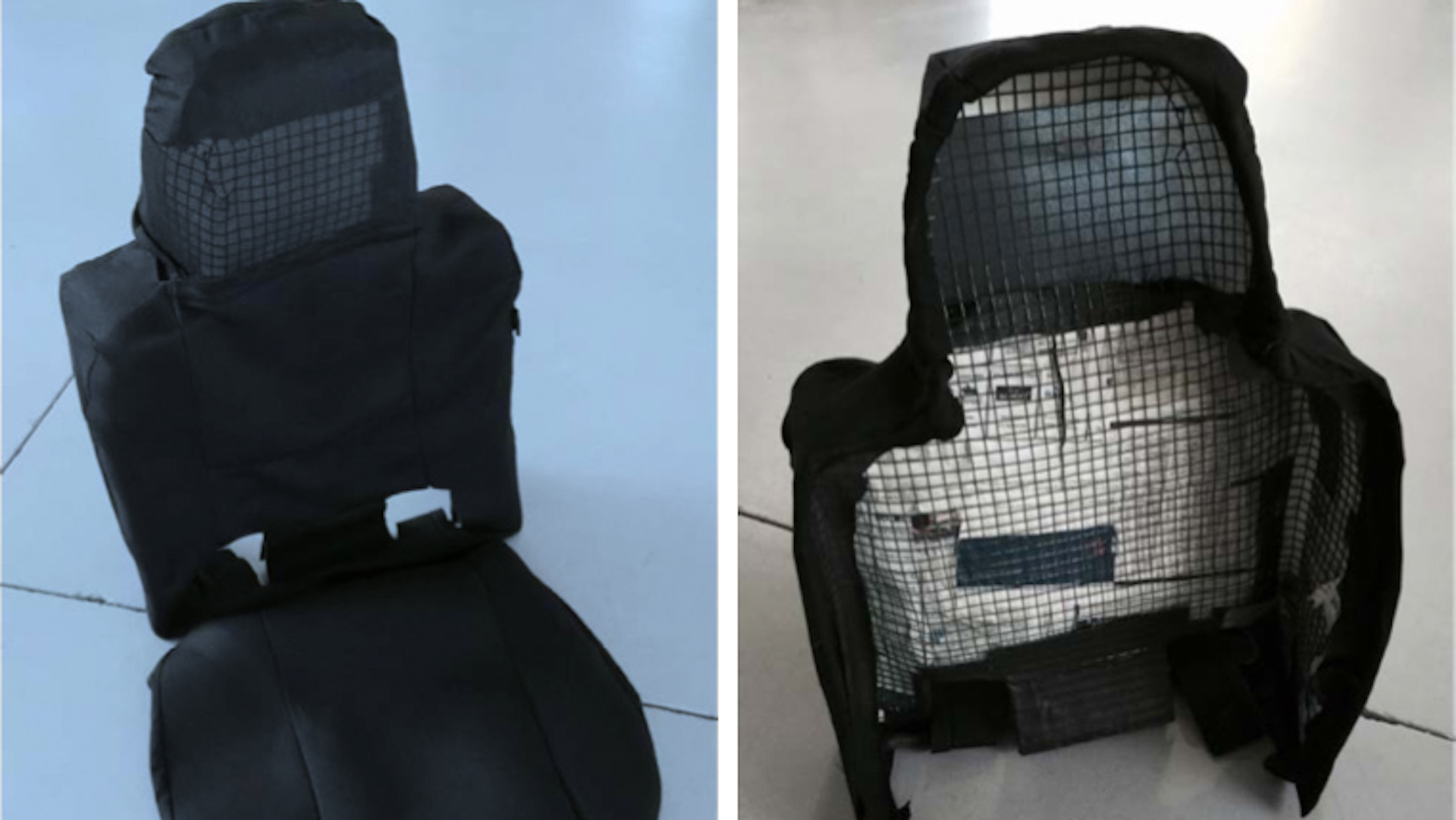

You’ve probably seen videos of pranks where people camouflage themselves as a car seat and drive around scaring people, but you probably didn’t know that researchers actually do that sort of thing to yield a scientific result. A team from Cornell Tech led a study in which a person was disguised as a car seat while driving through several international cities to gauge the public’s reactions to driverless vehicles.

Researchers found that telling people an autonomous vehicle test was taking place tainted results because they expected to be viewing something special. The team ultimately decided that deception was the only way to get an accurate reading. So, they went about developing the “ghostdriver” technique, which ended up being an extremely thorough and scientific exercise on how to dress a person up as a car seat. This involved making a mold of sorts that fits around the driver while still allowing forward visibility.

The team started testing in the California Bay Area but decided to branch out internationally after finding that people there are used to seeing autonomous vehicles on the road. As it turns out, witnessing a car without a person behind the wheel is incredibly unsettling to those who are unfamiliar with the concept, but the degree to which people went out of their way to avoid the vehicle is surprising. In some places, the team found that people cross the street much slower when they suspect the car to be autonomous, and in the Netherlands, people acknowledged being afraid of driverless cars. “We were trying to run away from it. It’s creepy,” one person said, noting that not knowing how the vehicles work is a factor in the fear that people feel regarding autonomous vehicles.
“Our study was the first to pioneer having fake autonomous cars on the roads, and it’s really useful in eliciting the way people are going to interact with them,” said Wendy Ju, assistant professor of information science at the Jacobs Technion-Cornell Institute at Cornell Tech. “This kind of research has to happen before autonomous systems are in place.”

For instance, in urban areas like Mexico City, some pedestrians were playful when they saw no one behind the wheel—nudging their friends toward the car, walking directly in front of them, and so on. Meanwhile, in the more rural locale of Colima, Mexico, people were far more skeptical of the vehicles and were more likely to wait for the vehicle to cross an intersection before they continued.
It’s easy to see how this could quickly devolve into a massive prank, but the research team’s efforts had real purpose. The level of thought and preparation that goes into disguising a person as a car seat is astoundingly high, and the findings that came out of the study will help inform autonomous vehicle policy decisions moving forward.
Got a tip? Send us a note: tips@thedrive.com